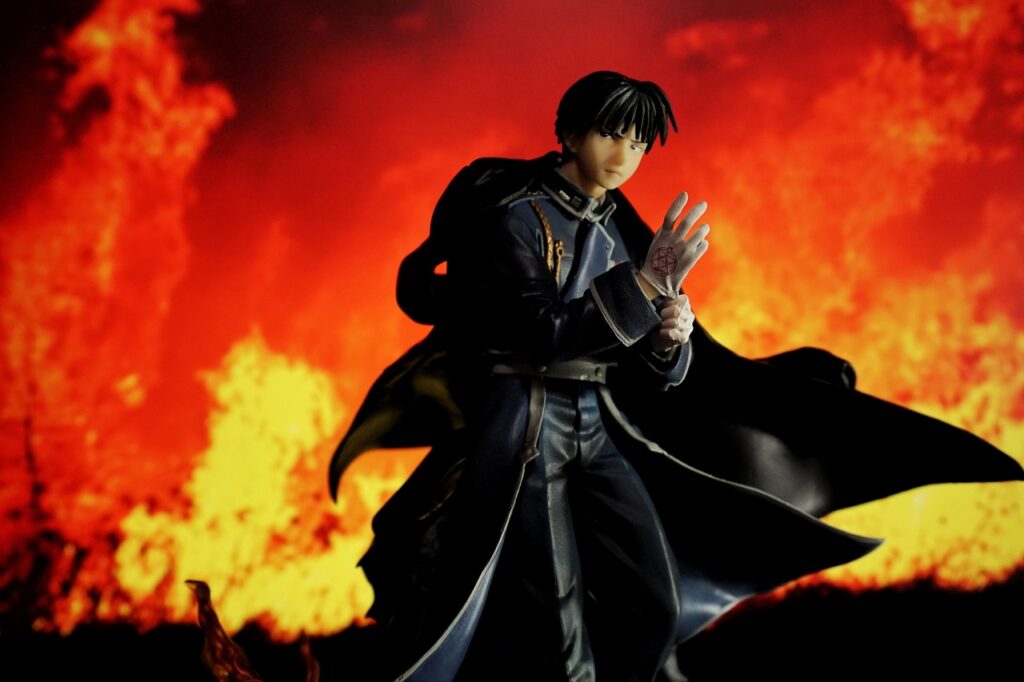Anime, a stylized form of Japanese animation, has garnered a massive global following. With many titles being translated and localized for Western audiences, anime localization has become a subject of significant controversy.

One primary reason for this controversy is that the localization process often dilutes the intended meanings. Additionally, due to media policies and censorship in various countries, it is sometimes necessary to fundamentally alter anime content to prevent young viewers from being exposed to excessive violence or adult themes.
However, anime localization brings numerous challenges. This article will delve into these challenges and highlight some key case studies of anime localization failures. Continue reading to learn more!
Key Challenges of Anime Localization
Anime localization is more than just a word-for-word translation; it involves adapting the content to enhance and sometimes alter its meaning to suit the target cultural context. Considering this, several major challenges in anime localization need careful consideration. Here are a few:
- Media Policies: Many countries have specific media policies for their audiences and for audiovisual content from other regions. For instance, American TV networks have strict policies about what children can be exposed to. In the 1960s, foreign content like anime had to completely remove themes related to death or other adult content. This left viewers with significant plot holes and incomplete content as many scenes were either cut or inaccurately localized.
- Jokes and Puns: Besides media policies, translating and localizing jokes and puns in anime poses a significant problem. Translating jokes is challenging in any context, but it becomes even more difficult in anime because jokes often lose their meaning if translated literally.
- Dubbing: Dubbing presents another major challenge. The number of syllables in each line often needs to match the characters’ mouth movements in the scene. The translation must then be synchronized with these movements to reflect the original meaning naturally. However, this process often goes wrong in anime, leading to a poor viewing experience.
- Cultural Differences: Cultural differences pose a fundamental challenge in anime localization. Many Western countries use censorship when localizing anime series or episodes. For example, American audiences are sensitive to themes of violence or death, which often need to be completely cut from scenes to avoid upsetting viewers. These and other cultural differences make anime localization complex and painstaking, especially in maintaining the original plot concept.
- Unnatural Translations: Lastly, anime localization sometimes suffers from unnatural translations. Since direct word-for-word translation is often impossible, the goal is to get as close as possible to the original meaning. However, this often results in diluted meanings and can confuse the audience.

Case Studies of Anime Localization Failures
Unfortunately, there are many case studies of anime localization failures where audiences were left with a product that lost its intended meaning. Here are some notable examples:
- One Piece: While the original anime targeted older children and teenagers, the localized version was aimed at younger audiences. Naturally, the dark themes of violence led to the removal of many scenes and plot elements, causing plot holes and confusing viewers. Additionally, the dialogue often completely deviated from the original intent.
- Demon Slayer: In this case, fans of the globally popular anime were baffled by the absurd English title of the second season, calling it “shocking” and “bad.” This was because the original title was too mature for the English localized version.
- Ghost Stories: Here, dubbing issues quickly surfaced as the English dub bore little resemblance to the original. The result was dubbed a “parody.”
- 4Kids’ Yu-Gi-Oh!: This case highlighted issues such as the localization of mature content for younger audiences, dubbing problems, and the Americanization of Japanese names.
- Naruto: In the popular anime Naruto, many intense fight scenes and violent content had to be removed. As for dubbing, it was problematic as well, leading to the replacement of the original opening theme with a new English dub.
- Pokémon: As one of the biggest franchises in anime, Pokémon committed some localization errors related to cultural differences. For instance, rice balls were replaced with jelly donuts, assuming young American viewers wouldn’t know what rice balls were. However, it was clear in the scene that there were no jelly donuts, making this localization error notable.
- Speed Racer: From completely changing the series’ name to terrible lip-syncing, many viewers found the sentences sped up and nonsensical.
- Sailor Moon: Challenges in localizing Sailor Moon included changes to the original, such as Westernizing names, altering dialogue, outdated slang, and excessive censorship.
- Cardcaptors: Besides the title change and Americanized theme song, there was strict censorship, with almost all traces of romance removed, leading to some episodes being cut entirely.
- Shiny Force: Shiny Force’s issues extended to so many changes that it was nearly unrecognizable from the original. Additionally, the dialogue was deemed “cringeworthy,” and elements of Japanese culture were removed.
- Mew Mew Power: In this anime, all characters were given new, inappropriate names, significant plot points were missed, censorship was strict, and the theme song dub was considered a complete failure.
Final Thoughts
Anime localization can be extremely powerful and effective in reaching new global audiences. However, poor localization efforts can certainly leave a bad taste in the mouths of viewers who want to experience the original atmosphere, plot, themes, music, character names, and cultural nuances. With this in mind, anime localization must consider a range of factors to create a seamless and enjoyable viewing experience, rather than alienating audiences through incorrect dubbing, excessive censorship, direct translations, and other missteps.
